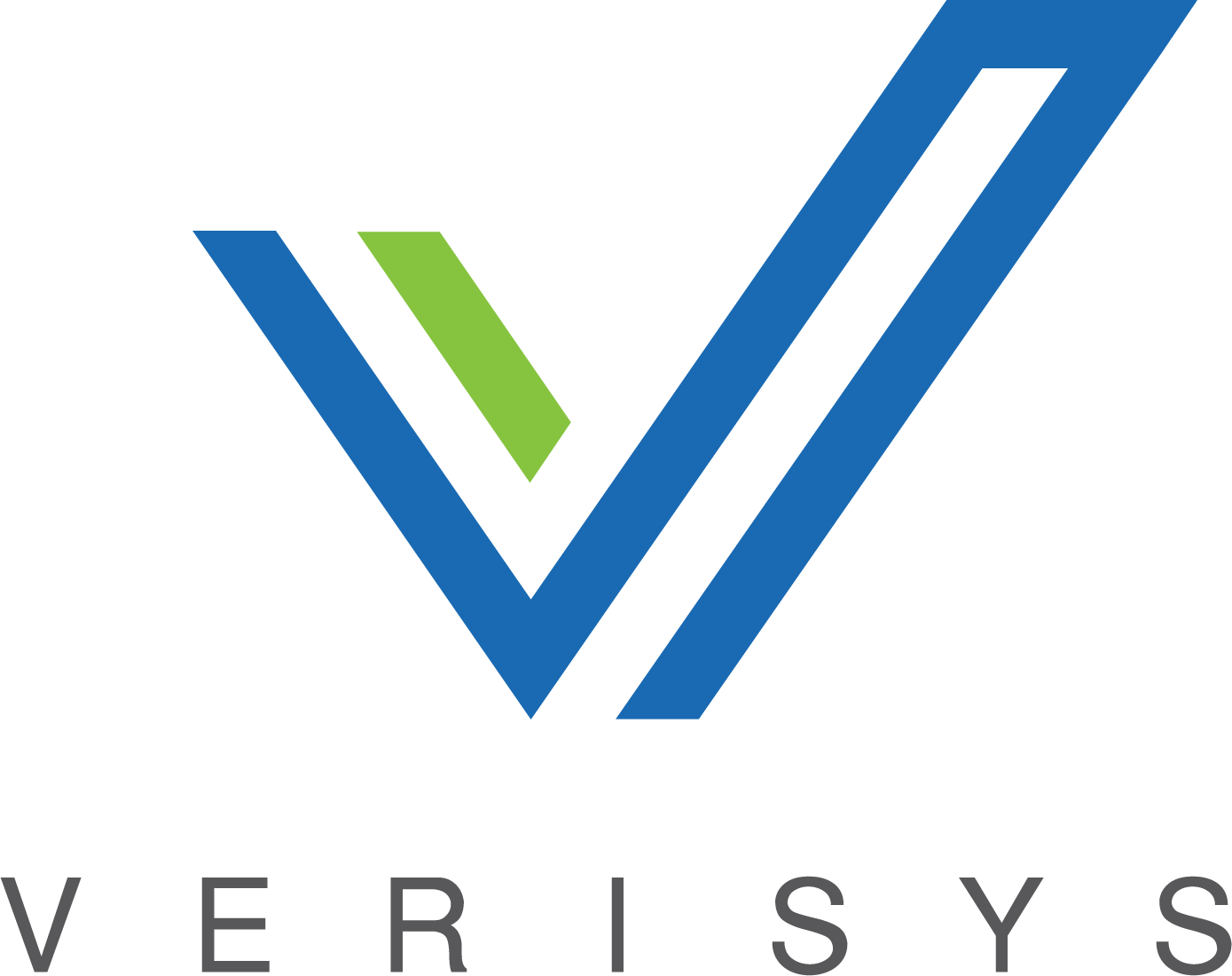– The best resource for monthly healthcare regulatory compliance updates. Compliance Updates: April 2024 Overlook: Licensure Compacts Other Legislation Board Updates Interstate Medical...


Federal payments for healthcare services account for 28% of all healthcare spending in the United States. Payments from Medicare, Medicaid, TRICARE, CHIP, and other federal programs are a significant source of funds for nearly every healthcare organization and provider. The List of Excluded Individuals/Entities (LEIE) is maintained by the Department of Health and Human Services (HHS) Office of the Inspector General (OIG) and dictates which providers are excluded from receiving federal funds.
For providers who are on the OIG LEIE, it is critical to know how to be removed from the list, either through restitution or correcting an error. Here’s how the LEIE works, the step-by-step process to apply for removal, and how to verify that an individual or entity has been properly reinstated.
What Leads to an OIG Exclusion?
The OIG through the Social Security Act has the power to bar individuals and entities from receiving federal payments as the result of intentional fraud or abuse. There are two types of OIG exclusions: permissive and mandatory.
A permissive exclusion gives the OIG the discretion to exclude individuals and entities based on several criteria. Some of these include:
What Happens with a Permissive Exclusion?
When an individual or entity appears on the permissive exclusion list, the OIG will usually send a Notice of Intent to Exclude (NOI) to the candidate being excluded. The NOI will explain the reason for the exclusion and will inform the recipient about how the exclusion could affect his or her practice.
After receiving the notice, if the provider wishes to contest the exclusion, he must do so within 30 days. During this window, he may submit any information, evidence, or explanations to the OIG that are relevant to the reasons for exclusion. The individual or entity may also request permission to present an oral argument and/or documentary evidence and written argument.
However, permissive exclusions that fall under sections 1128(b)(12) or (b)(13) of the Social Security Act are treated differently. In these cases, OIG sends a Notice of Exclusion rather than an NOI. If the exclusion is under 1128(b)(12), “failure to grant immediate access to perform the review,” it takes effect immediately. Exclusions under section 1128(b)(13), “failure to take corrective action,” are effective 20 days after the Notice of Exclusion is mailed.
An administrative law judge may hear appeals for permissive exclusions. Unfavorable decisions may be heard by the Departmental Appeals Board (DAB). After the DAB makes its final decision, excluded providers may also request a judicial review.
A mandatory exclusion by the OIG is triggered by more serious healthcare-related criminal offenses. These may include:
What Happens with a Mandatory Exclusion?
These convictions are associated with mandatory time periods for exclusion, and an excluded individual or entity cannot apply for reinstatement until those time periods have expired. Mandatory exclusions come with a minimum five-year requirement.
After receiving the notice, if the provider wishes to contest the exclusion, they must do so within 30 days. During this window, they may submit any information, evidence, or explanations to the OIG that are relevant to the reasons for exclusion.
For mandatory exclusions, the OIG will send a Notice of Exclusion. These exclusions take effect 20 days after the Notice of Exclusion is mailed and the OIG notifies the public on its website.
An administrative law judge may hear appeals for permissive exclusions. Unfavorable decisions may be heard by the Departmental Appeals Board (DAB). After the DAB makes its final decision, excluded providers may also request a judicial review.
What OIG Exclusion Means for Providers
Excluded individuals and entities may not receive any payment from federal healthcare programs for any items or services provided. This is not only true for the excluded provider, but also for their employer, no matter who submits claims for the services. If employers hire someone on the LEIE, they may lose their federal funding, be given a corporate integrity agreement (CIA), and incur civil monetary penalties (CMP).
Regardless of who the provider works for, the exclusion still applies, so the provider may not avoid the consequences of exclusion by finding another job in the healthcare industry. They may not work for any organization that receives federal healthcare funds, whether directly or indirectly. The exclusion applies not only to direct care, but to any employment with an organization receiving federal healthcare funds, including administrative, clerical, or managerial roles.
The OIG LEIE Reinstatement Process
The OIG has the authority to reinstate LEIE listed individuals or entities if they meet the necessary requirements.
Once the exclusion criteria have been satisfied or the exclusion period is over, a provider can be reinstated. For those who fall under a mandatory OIG exclusion, the designated exclusion period is listed in their notification letter. The time that an exclusion applies can vary widely depending on the type of exclusion and what criteria must be met to apply for reinstatement.
However, this reinstatement doesn’t happen automatically. Here are the steps to apply for reinstatement:
Once the statements and authorization forms have been evaluated by the OIG, they will send a written notice of reinstatement or denial. This is a lengthy process and can take up to 120 days or more.
OIG exclusion reinstatement is a proactive process. Providers, entities, or the healthcare organizations that employ them should check the OIG exclusion list frequently to ensure they don’t appear on the LEIE once the reinstatement has taken place.
Why You Should Continuously Monitor the OIG LEIE
Hospitals, healthcare clinics, pharmacies, and other organizations should frequently check their entire population against the OIG LEIE to maintain compliance and mitigate risk. They should also check state Medicaid exclusion lists to ensure that providers and entities don’t appear on those lists; otherwise, they run the risk of losing funding from federal programs and receiving civil and monetary penalties on top of that.
Verisys-owned and -maintained Fraud Abuse Control Information System (FACIS) is the most comprehensive database for screening and monitoring healthcare providers for exclusions. Contact us today to learn more about OIG LEIE exclusions.
 |
Written by Verisys Verisys transforms provider data, workforce data, and relationship management. Healthcare, life science, and background screening organizations rely on our comprehensive solutions to discover their true potential. Visit verisys.com to learn how we turn problems into power.
|